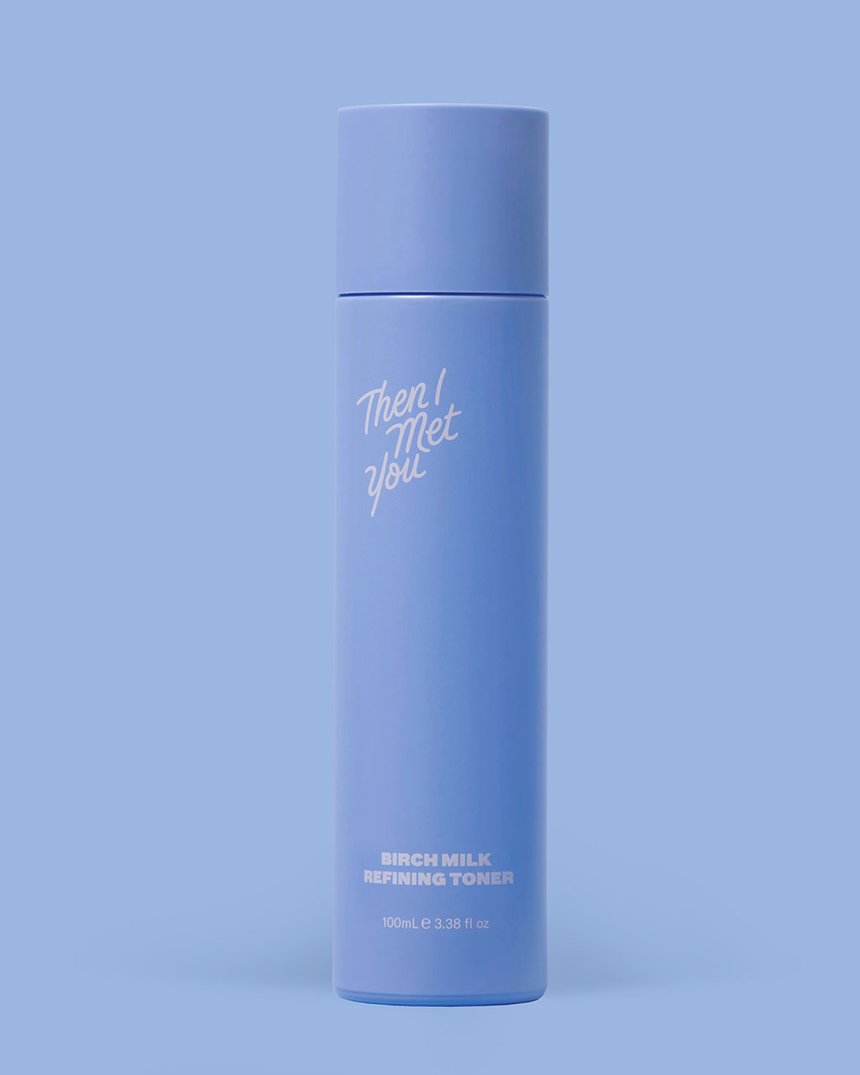We’ve always wondered: Can your skin get used to products? We asked a derm to give us the answer.
As a self-proclaimed skin care freak, I spend a not insignificant amount of my small-talk time answering skin questions from my friends and family. I answer questions like: “What’s the deal with vitamin C?” (It’s basically magic and you need it immediately), “Do I need to put sunscreen on my waterline?” (No, and ouch), and “People put snail slime on their faces???” (Oh yeah, and for good reason.) So when this particular exchange came up in the middle of my usual How to Use a Retinoid spiel I was dumbfounded:
“So, my skin will get used to the retinol.”
“Yep! You want to start using it just a little bit at a time until you adjust and then-”
“Does that mean my skin gets used to everything I use?”
Cue the dramatic music, because the truth? I had no clue. All of my years of research and experimentation, all of my accumulated knowledge, and I hadn’t the foggiest idea of whether the products I had been using religiously were, in fact, slowly losing their effect on my skin. My cocktail party chatter identity, not to mention my face, was on the line. Obviously, there was only one solution: Talk to somebody with bona fide skincare cred and ask them: Can your skin get used to products?
The answer:
“Tachyphylaxis is the term that refers to the loss of effectiveness of a topical cream over time,” dermatologist Joshua Zeichner explained to me. “We see this after long term use of a products, like topical cortisone creams in conditions like psoriasis, or even when using anti-aging creams like retinol. Over time the skin adjusts to the product and eventually the effect plateaus and a more potent cream may be needed.”
Okay, got that; Retinol wasn’t news, and I’d been told by friends with eczema that overusing cortisone was an issue in the longterm, but what about other types of skincare? Does tachyphylaxis (my new favorite fancy skin term) happen with every product? According to Zeichner, this skin adjustment process actually occurs with lots of skincare product families, most notably with acne products, like those with benzoyl peroxide, chemical exfoliators like glycolic and salicylic acids, and (you guessed it) anti-agers like retinol. And depending on the product and your individual skin, it can happen in anywhere from a couple of weeks to a couple of years.
How to know when it’s time to switch:
So how do you know if your tried-and-true products are starting to lose their oomph on your skin? Think back to when you first fell in love with your go-tos: that moisturizer that seemed to clear up your skin overnight, that annoying post-21 fine line that started to fade away, that ultra fresh glow every time you used your favorite exfoliating pads. Now consider how they work for you now. Does it seem like your acne has gotten worse even though you’re still using your lotion? Have those lines stopped improving? Does it take a little more love to get the dewy complexion perfection you were used to? Don’t blame reformulations; it’s not the products that have gone through a switch-up, it’s your skin.
How to switch:
To combat the effects of tachyphylaxis Zeichner recommends sticking with the active ingredients that have been working for you, but bumping up the potency (check the ingredient list; many will list a percentage concentration for the active ingredients.) In some cases—like with retinol or acne medications—that may mean taking a trip to your derm’s office to pick up a prescription strength option.
Or branch out into the ingredient family tree to find subtly different ingredients to work into your routine as a little surprise to your bored skin, like switching from retinoids (vitamin A derivatives that are usually less intense than full-out retinol) to retinol or swapping out your usual glycolic peel for something with lactic acid, like the Then I Met You Birch Milk Refining Toner.
Bottom line:
Regardless of what path you choose, shaking up your skincare routine from time to time is definitely a good idea for prettier, healthier skin.















